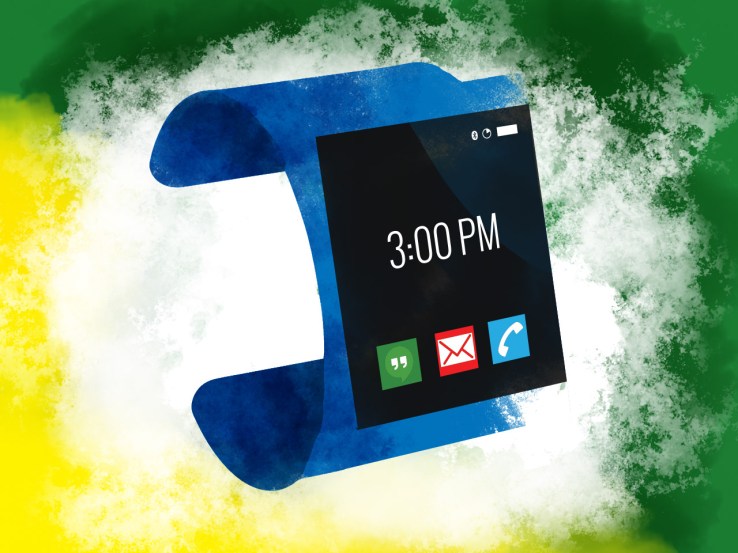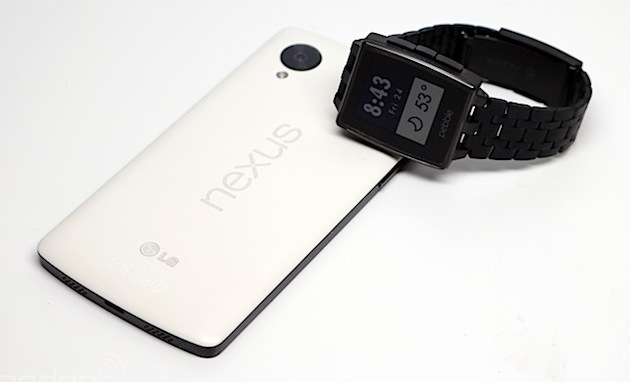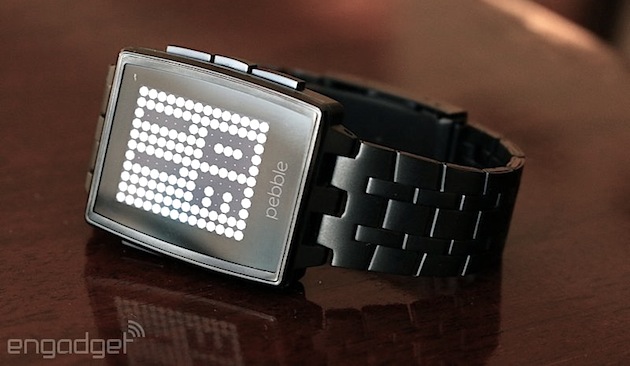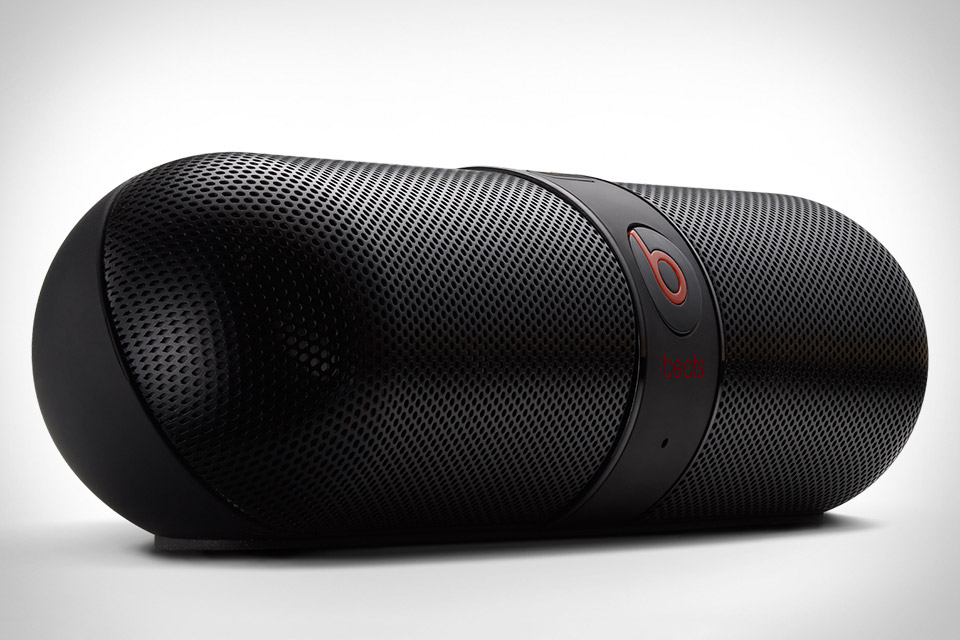
When we asked you to tell us which gadgets changed your life, our goal was to arrive at a simple list of important devices. Instead, we learned how some of the products we talk about on Engadget every day make such a profound impact.
Remember when Facebook bought Oculus VR a few weeks ago? The news led to heated conversations about how VR technology would lose its edge and become a vessel for "branded experiences" (or in layman's terms: fancy ads). But we've seen actual life-altering uses of the Oculus Rift as well. For example, before Roberta Firstenberg passed away (and far too young, we might add) this technology gave her an opportunity to relive her younger years and see the sun one more time.
MOST LIFE-CHANGING GADGET: IPHONE
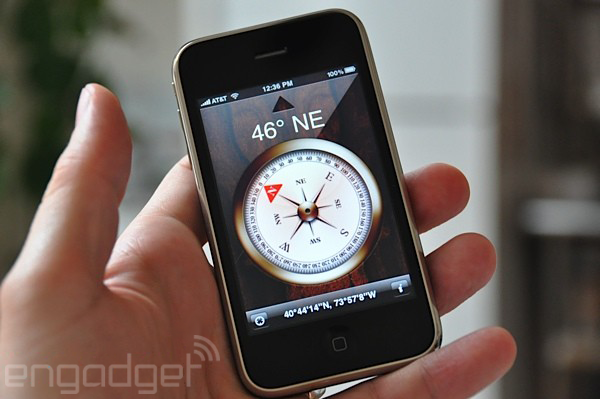
In what was a top 10 list full of smartphones, the iPhone came out on top. Specifically, theiPhone 3GS. When it debuted in 2009, we considered it an incremental upgrade to the 3G, but still an "unquestionably excellent smartphone." Reader Matthias Liffers from Perth, Australia, remarked:
"This gadget finally let me address my information addiction without having to remain in front of a computer all day."
Apple wasn't alone however. The Droid X, Galaxy S II and Palm Pre were also well-represented. And BlackBerry had more than its fair share of fans, too.
MOST LIFE-CHANGING GADGET (THAT WASN'T A SMARTPHONE): TIVO
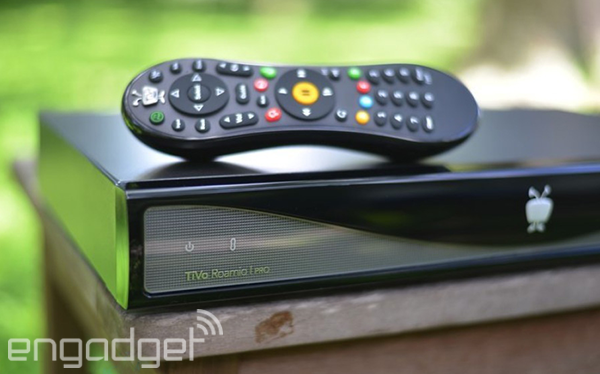
Talk all you want about how you're going to cut the cord, but we know you can't live without cable and a DVR filled with The Real Housewives of New Jersey. While the term "TiVo" has become synonymous with "DVR" (kind of like asking someone for a "Kleenex"), the company still does well on its own. We most recently called the Roamio Pro "the company's best yet."
On TiVo, Tom Paladino from Long Island, New York, said:
"It completely reorganized how I consumed television at the time, and laid the groundwork for how I would consume media over the next decade and beyond."
HONORABLE MENTION: PRE-PAID FEATURE PHONES
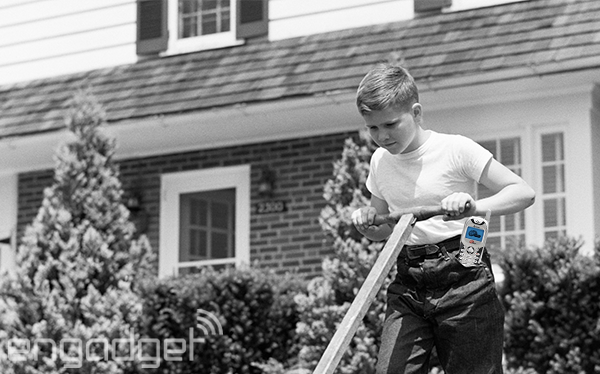
Charles Everett III told us about the gadget that changed his life, a Kyocera K9:
"(The Kyocera K9) was my first cellphone my parents gave me. It was prepaid, so if I wanted to keep it on, I had to work by doing extra chores, saving left over lunch money and getting good grades."
The real story here, though, isn't about the K9, since most prepaid phones at the time were good for one thing only: making calls. We're more intrigued by the way Charles' parents taught him responsibility by giving him the phone, but made him work to keep it running. We can only hope that other parents are teaching the same lessons today with data allowances. Want more data to send selfies on Snapchat? Mow the lawn, kiddo.
TOMORROW'S LIFE-CHANGING GADGETS

If, in the past decade, phones and DVRs changed our lives, what will come of the next 10 years? Will we see a more discreet head-mounted computer that's less likely to result inassault? Or will it be something we can't even imagine yet, delivered to you by Amazon's PrimeAir drones? Whatever it is, we're pretty damn excited to tell you all about it when the time comes.

